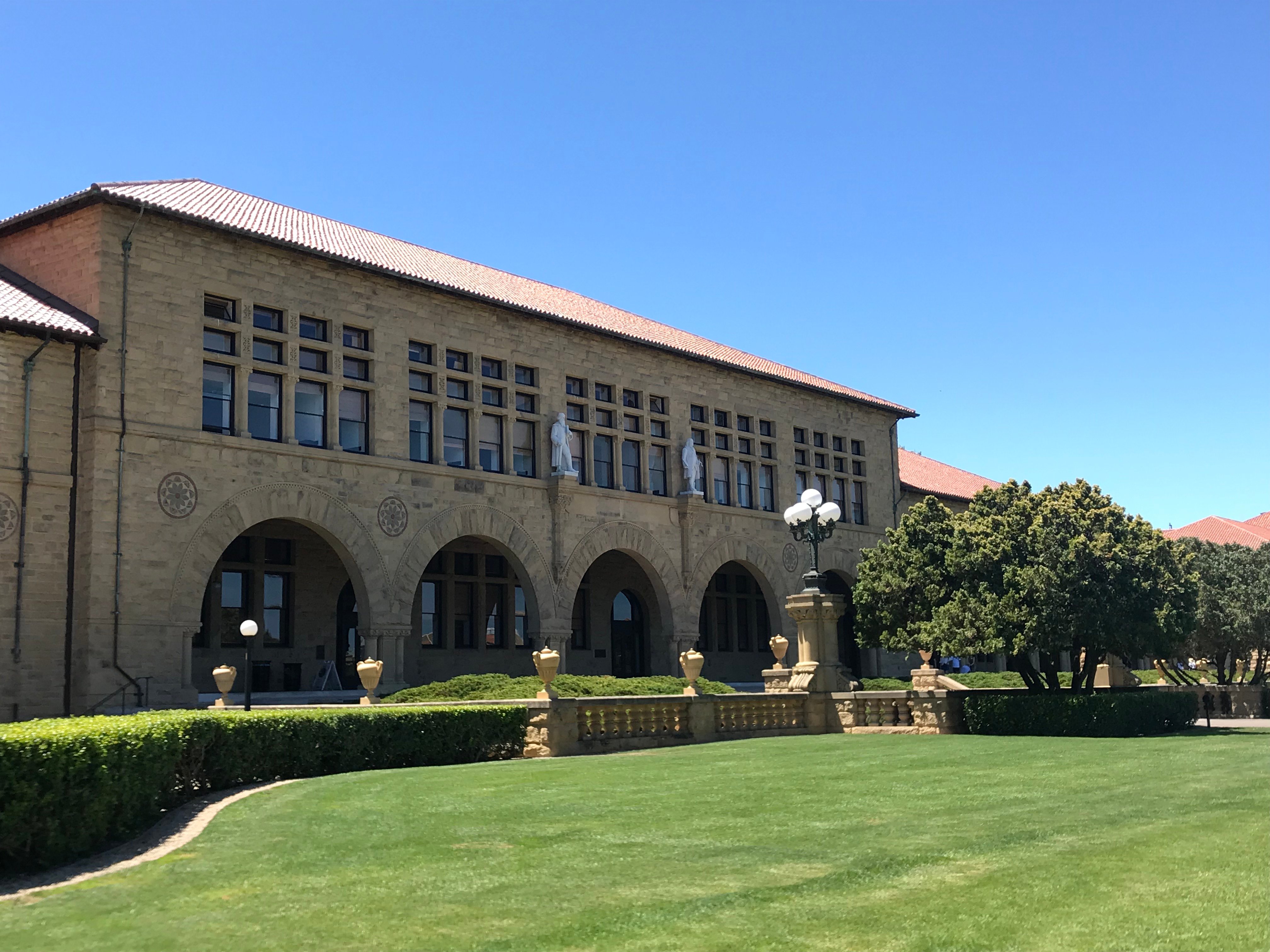Students in Stanford’s journalism master’s program have been given no instructions to self-quarantine after potential exposure to coronavirus at a conference in New Orleans last week.
Seventeen students and two faculty members attended the NICAR data journalism conference, where an attendee has since tested presumptively positive for COVID-19.
NICAR’s Tuesday announcement of the presumptive positive has reverberated in newsrooms around the country. The New York Times has instructed its reporters who attended the conference to self-quarantine for two weeks, according to a tweet from national editor Marc Lacey.
At the University of California Berkeley’s Graduate School of Journalism, Dean Edward Wasserman on Tuesday told the two dozen students who attended the conference to self-quarantine. A day later, he announced that North Gate Hall, where the Graduate School of Journalism is housed, would close for the rest of the week “out of an abundance of caution.”
Across the Bay, Stanford’s journalism program has not yet taken similar steps. Program director Jay Hamilton, who chairs the communication department, wrote in an email to program members one day after the NICAR announcement that students should follow University guidelines regarding COVID-19 exposure.
Those who had “close contact” with the attendee, defined by Hamilton as 10 or more minutes of conversation, are recommended to temporarily work from home while details of the case are reviewed, but not necessarily to self-isolate, according to the University.
Those who attended the conference but did not have close contact with the attendee would be counted as “coworkers,” according to Hamilton. Per University guidelines, coworkers of someone who has tested positive for coronavirus can continue coming to work as long as they are not exhibiting symptoms of the virus.
“I’ve been working on this with others at Stanford for the last 24 hours,” Hamilton wrote. “Administrators have been working intensely to resolve many challenges and deal with a rapidly changing environment.”
In his email, he wrote that if anyone had come into close contact with the attendee, they should contact Vaden or Stanford Occupational Safety and Health, though “student privacy concerns prevent [him] from going into detail.” Such attendees were notified by the Investigative Reporters & Editors (IRE), the organization that put on the conference.
Cheryl Phillips, the Hearst Professional in Residence in the Department of Communication, told The Daily that she was voluntarily self-isolating after several interactions with the attendee over the course of two days, although she said that a doctor told her that the risk to her was low.
Phillips declined to comment on whether any students had come into close contact with the attendee, citing student privacy. Communication professor Serdar Tumgoren, the other faculty member who attended the conference, referred all questions to Hamilton, who referred them to the University. The University did not respond to a request for comment.
Multiple student attendees told The Daily that they had not come into close contact with the attendee.
“As far as I know, none of us did,” wrote Matt DeButts M.A. ’20.
Vanessa Ochavillo ’17 M.A. ’20 told The Daily that she found out about the presumptive case from the NICAR/IRE Twitter account.
On Wednesday afternoon, before Hamilton emailed the program members, Ochavillo wrote to The Daily via text that “because I don’t know what to think I’m kind of stuck in this weird tug between trusting the authorities to assess the risk (since I feel pretty incapable of reliability doing that for myself) and being more cautious than I have been.”
“I don’t know if I’m excessively trustworthy of our administrator/authorities who have a higher level view of the problem but that’s all I have,” she added.
This article has been corrected to reflect the accurate nature of Phillips’ interactions with the attendee who tested presumptively positive. The Daily regrets this error.
Contact Erin Woo at erinkwoo ‘at’ stanford.edu.
